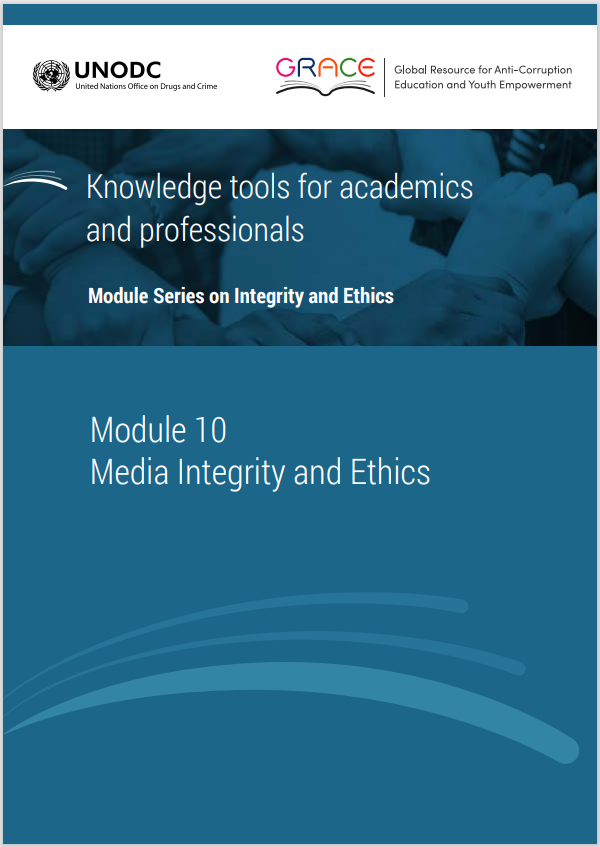This module is a resource for lecturers
Introduction
This Module discusses the relationship between the concepts of ethics and media. It aims to facilitate introspective reflection on the ways in which all of us, as individuals, play a part in the creation and dissemination of media. The Module explores the critical importance of ethics to both traditional forms of media, such as journalism, as well as modern forms of social media. The advent of social media technologies and digital news has increased the ethical responsibility of individuals in this field, especially given the global reach and powerful impact of these new media forms. These changes, together with fake news and increasing media restraints worldwide, render this Module important and relevant to students from all disciplines.
In recognition of this changing landscape, the Module extends the discussion of ethical responsibilities beyond professional journalists to news consumers, social media users, and the so-called "citizen journalists". It is designed to help lecturers enhance their students' understanding of who exactly a media provider or consumer is, and what type of ethical considerations need to be considered by those who are in these roles. The Module also seeks to provide students with an understanding of the detrimental effect that a lack of integrity and ethics in media provision and consumption can have.
The Module is a resource for lecturers. It provides an outline for a three-hour class but can be used for shorter or longer sessions, or extended into a full-fledged course (see: Guidelines to develop a stand-alone course).
Learning outcomes
- Appreciate the responsibilities of media and the ethical dimensions of media creation, provision and consumption
- Understand the ethical obligations that media providers have towards society
- Make ethical decisions regarding media, whether as providers or consumers, professionals or non-professionals, or as mere users of social media
- Analyse media ethics cases and issues using the Potter Box decision-making model
 Next page
Next page
 Back to top
Back to top
